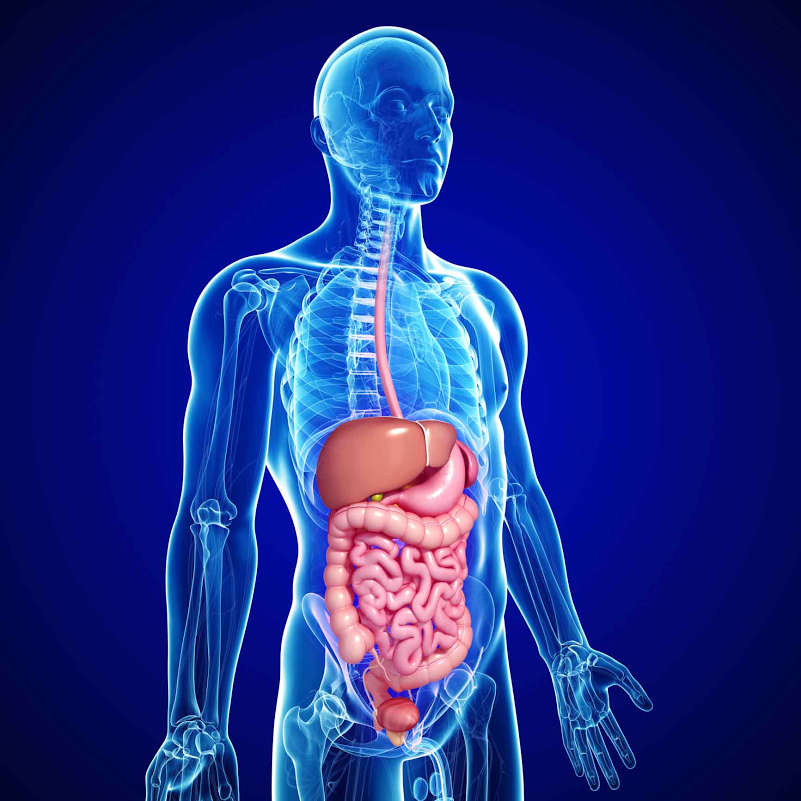Colonoscopy

A colonoscopy is a procedure that allows a gastroenterologist to view the inner lining of a patient’s colon and rectum. The procedure is performed using a thin, flexible tube (a colonoscope) that is slowly guided through the colon. The end of the colonoscope is lighted and includes a camera that transmits images onto a screen in the procedure room. These images can reveal inflammation, ulcers and even cancerous or pre-cancerous growths within the intestines.
Did you know…1 in 3 adults between the ages of 50 and 75 have not undergone recommended screening for colon cancer? That is approximately 23 million Americans who are putting themselves at risk of developing a potentially deadly cancer that may have otherwise been prevented by undergoing a colonoscopy. Of all colon cancer screenings, colonoscopy is by far the most commonly used, with more than 6 in 10 people choosing it over other tests. |
Frequently Asked Questions
What circumstances warrant undergoing a colonoscopy?
Colonoscopies are performed for one of three reasons – as a preventative screening, to diagnose an underlying condition, or to monitor the status of a GI-related health condition, such as irritable bowel disease. All adults over age 50 should have a colonoscopy once every 10 years to detect and remove polyps. Earlier and more frequent screening may be necessary for people with elevated risk of colon cancer. A doctor may also recommend a colonoscopy for a patient who complains of chronic, unexplained symptoms, such as abdominal pain, bloody stools or significant weight loss.
How will I need to prepare for a colonoscopy?
Preparation is the most complicated part of a colonoscopy. Since it requires that the colon be completely clear of waste, you will need to spend between one and two days taking the prep treatment your doctor prescribes prior to your treatment. This may include drinking a specific laxative to cleanse the bowels, as well as limiting your diet to clear liquids, such as water or broth.
What should I expect during a colonoscopy?
You will be given a medication to help you relax during the procedure and prevent you from feeling discomfort. Though you will be awake for the colonoscopy, you will probably be unable to remember much of your experience. A colonoscope will be inserted into your rectum while you are lying on your left side with your knees drawn upward toward your chest. Your doctor may use a colonoscope to view the entire rectum and colon, as well as parts of the lower small intestine. If your doctor detects a polyp or abnormal tissues, the growths can be painlessly removed during the procedure and tissues collected for biopsy.

East Bay GI
300 Frank H Ogawa Plaza #355
Oakland, CA 94612
Tel: 650-861-1061
Fax: 510-444-6421
Parking:


